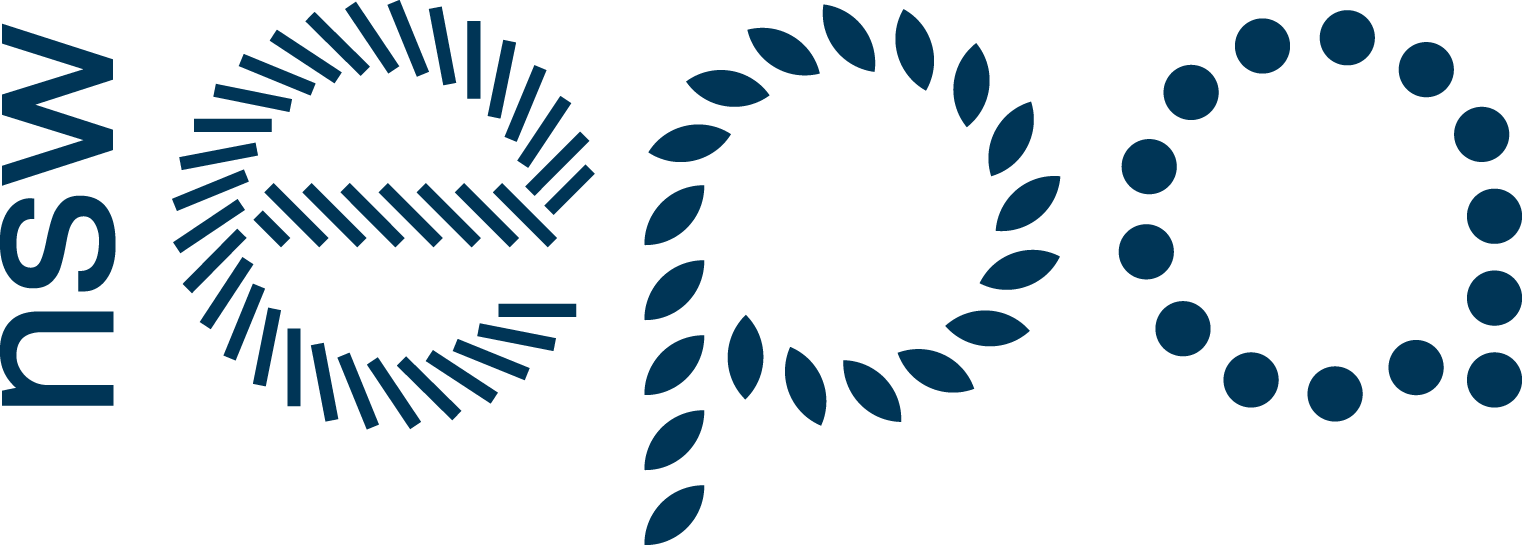Uncontaminated plasterboard is completely recyclable and should not be put into landfill. It should be recycled for use in new plasterboard or the gypsum used in agricultural soil conditioners. This can reduce landfill and waste management costs and help protect natural resources.
Plasterboard
Plasterboard includes:
Drywall Gyprock and Gypsum BoardFind a recycler
Why Recycle?
Worldwide a total of 80 million tons of plasterboard is produced every year and a large amount of this ends up in landfill as construction and demolition waste. Made from gypsum powder that can be reprocessed, paper which can be recycled and a small amount of additives, plasterboard waste is 100% recyclable. By recycling plasterboard this diverts usable waste from landfill, it can reduce landfill and waste transportation costs and helps protect natural resources, by reducing the demand for gypsum – a naturally occurring but finite mineral.
Recycling Options
A number of commercial recyclers and plasterboard manufacturers offer recycling for used plasterboard from building and demolition projects. Generally this must also have low levels of contamination, such as nails, screws and wall coverings. Recyclers may offers waste disposal points, skip bin collection and pick-up services for used plasterboard and Gyprock waste.
What Happens When It’s Recycled?
Upon completion of the project plasterboard is collected for recycling. The reprocessed gypsum powder, which makes up to 94% of the plasterboard, can be sent back to the manufacturers for reprocessing into new plasterboard or converted for use in soil conditioners for the agricultural industry. The paper, which makes up to 6% of the plasterboard can be reused in various industries.

